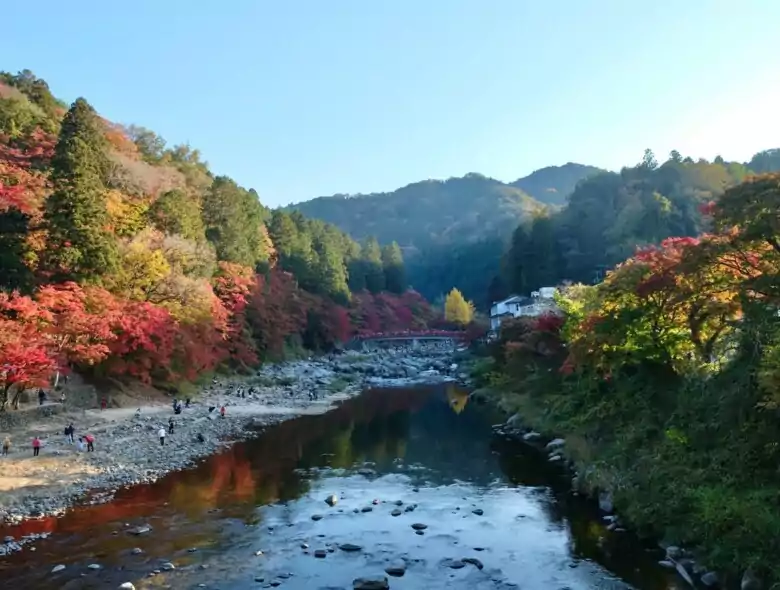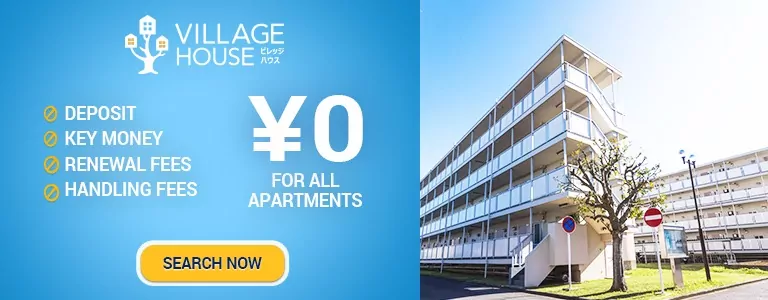What is Toyota City like?
Located in the center of Aichi Prefecture, Toyota City covers a vast area of 17.8% of the prefecture. Known as the “City of Cars” with one of the highest shipments of manufactured goods in Japan, Toyota City is a world-leading manufacturing center. At the same time, it is a green city with abundant forests covering approximately 70% of the city area, the Yahagi River running through the city area, and rice fields that produce seasonal vegetables and fruits. The city is also active in sports, and is home to Toyota Stadium, the home of Nagoya Grampus of the J-League. In 2019, Toyota Stadium will host the Rugby World Cup, attracting people from all over the world.

“Oiden Festival,” a midsummer tradition
Every year in July, Toyota City holds the Toyota Oiden Festival, which consists of a fireworks display and a traditional dance.
The festival was canceled in 2020 and 2021 due to the new coronavirus, but will be held for the first time in two years in 2022. The fireworks display will be held in the vicinity of the Yahagi River around Toyota Stadium.
The fireworks display will be one of the largest in Japan, with approximately 15,000 fireworks being shot off around the Yahagigawa River centered on Toyota Stadium. In the “So Odori” dance, groups of people take a course around the city center, and the entire town is filled with excitement.
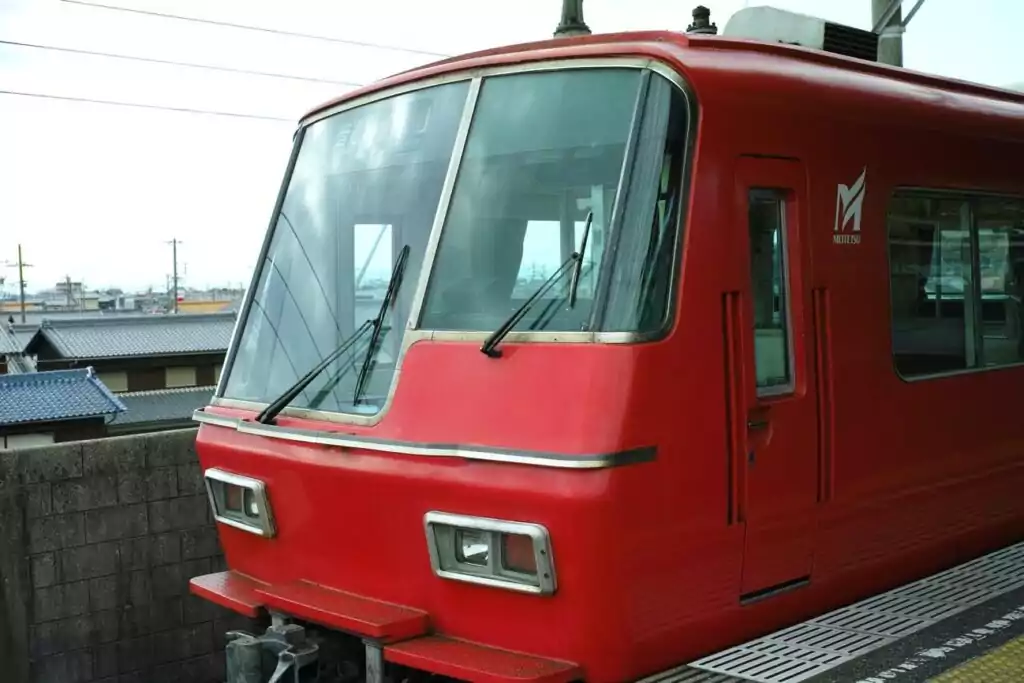
The entire town is filled with excitement.
The total population of Toyota City is currently about 1.5 million, and the city’s population is about 1.2 million.
The total population of Toyota City is currently about 420,000. The total population of Toyota City is currently about 420,000, of which 20,000 are foreigners.
The percentage of foreign residents is about 5%. The largest ethnic group is Brazilian (35%), followed by Vietnamese (15%), and for the next (11%). Until a few years ago, Brazilians, Chinese, and Filipinos made up the majority of the population, but recently the percentage of Vietnamese has been increasing. In Toyota City, there is the Homi Danchi, where many Brazilians live. Half of the households in Homi Danchi are Brazilian, and there is a supermarket specializing in Brazilian foods in the complex. Brazilians have become an indispensable part of Toyota City.
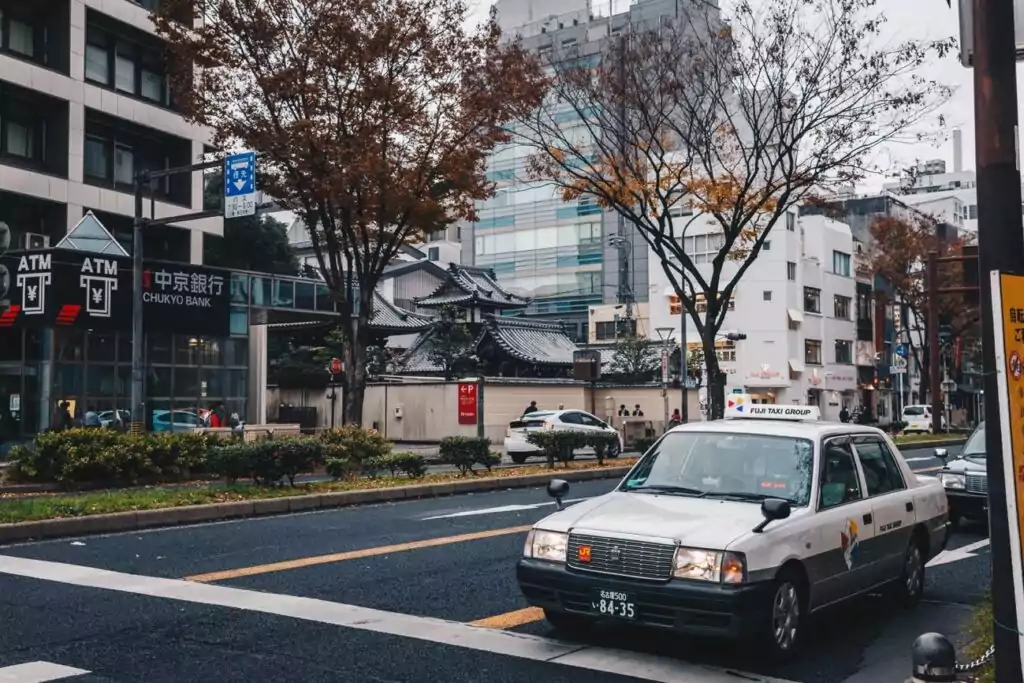
Industries in Toyota City
Toyota City is known as the “Home of the World’s Toyota” and has a concentration of automobile-related industries. The value of manufactured goods shipments in Aichi Prefecture is approximately 45 trillion yen, which is the highest in Japan, and in fact, Toyota City accounts for more than 30% of this total, or approximately 14 trillion yen. This figure is the highest in the nation at the municipal level, and is comparable to the high level at the prefectural level for a single city alone.
The number of factories (establishments with four or more employees) is approximately 750 in the city, of which about 300 are automobile-related factories, or about 40% of the total. The number of employees working there is about 9,500. This is about 86% of the approximately 11,000 people working at factories in the city.
Village Houses in Toyota City
There are 6 village houses in Toyota City. All of the properties in Toyota City boast occupancy rates of over 90%, making it a popular area.
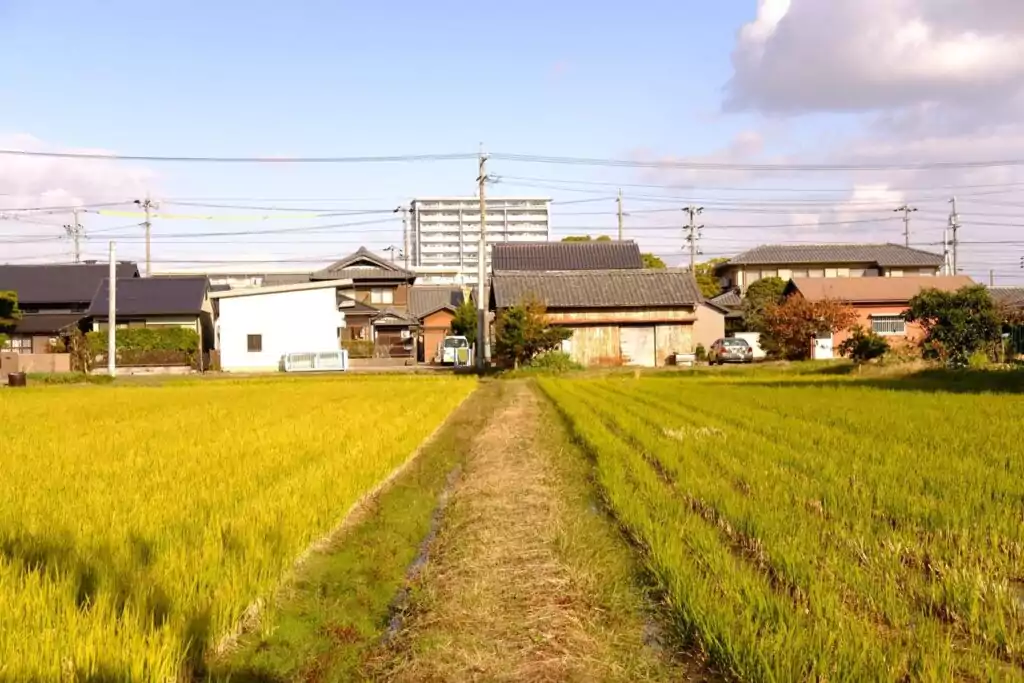
A particularly recommended property is Village House Kyogamine Tower. The 9-story building is 24 years old, making it newer than other Village House properties. Although the property is located a little far from Toyota-shi Station on the Nagoya Railroad, it is relatively close to the Yahagigawa River and Toyota Stadium, so you can see the “Oiden Festival” fireworks from the upper floors. Kamogawa Park is also close by, so families with children will have no trouble finding a place to play, making this property perfect for families with children.
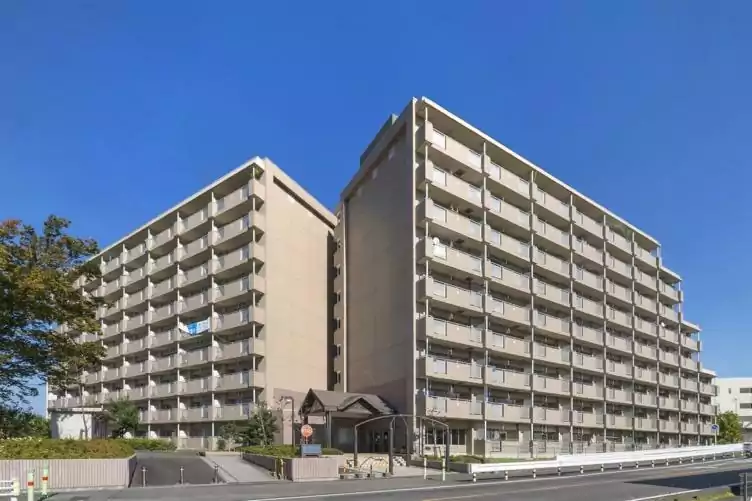
Next we will introduce Village House Tanaka and Tanaka No. 2. These two properties are located next to each other, and the layouts are 2K type for single persons. The area surrounding the property is well-stocked with supermarkets and restaurants, and there is also an Asian food specialty store (mainly Vietnamese food) within walking distance, making it a comfortable living environment for those who love to cook and for single foreign residents.
Lastly, Village House Akiba, Wakabayashi, and Nagakushinmachi are introduced. All of these properties are 2K type with a layout for singles. The ratio of foreign residents in each property is over 50%, so foreign residents can live in these properties with peace of mind.
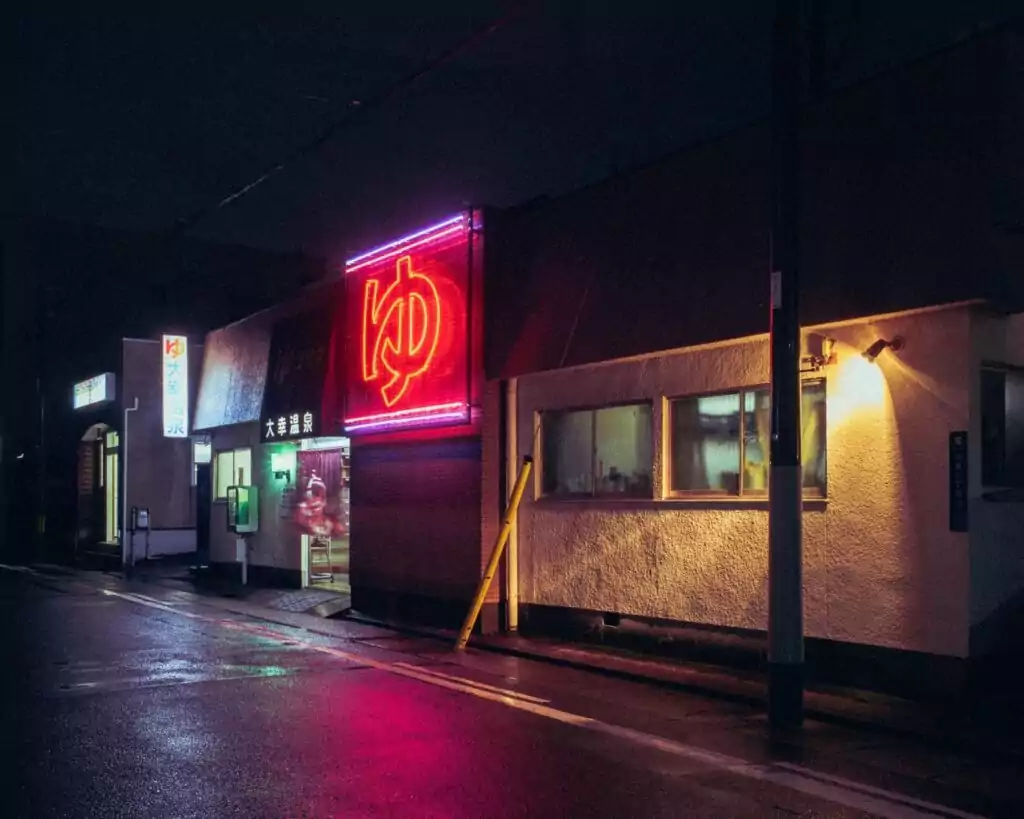
Toyota City has factories, nature, and cultural facilities, so there is no need to worry about work or entertainment. Village houses have large floor plans, low initial costs, and affordable monthly rent, so please consider a village house when moving to Toyota City.
Related articles:
- Getting Around Japan – Practical Tips and Tricks
- The Beginner’s Guide to Car Rental in Japan
- 5 Quirky and Unusual Museums You Have to See in Tokyo
- Discovering Saga Prefecture: Unearthing Hidden Gems in Japan’s Countryside
- Exploring Kagawa – Japan’s Quiet Paradise of Art and Culture


